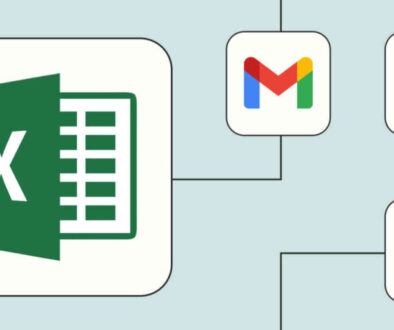Paperless Workflow: The Dream And The Reality
Paperless Workflow or “The Paperless Office” sounds great but, many businesses surprisingly still rely on paper-based communication. Businesses, large and small, use paper-based communication to manage requests, complete forms and even to communicate interoffice. At last estimate, the U.S. alone, uses 5 million tons of office paper each year. We cover more on these paperless projects here.
Resistance to adopting paperless workflow by going digital and automating remains persistent. Even basic processes like onboarding employees or requesting budget approvals persists despite clear advantages and disadvantages listed:
- Paper forms require hand processing that wastes time and staff resources.
- Paper forms can be easily lost and misrouted causing miscommunication and delays and/or extra filing.
- Confidential forms can be accidentally made public (ever leave an insurance form on the printer?).
- Paper requests can be held up and miss deadlines because of the need for handwritten signatures.
- Handwritten forms can be difficult to read, leading to incorrect data entry and, yes, more delays.
- Paper is difficult to track. For instance, where is an approval in the process? How many requests have been submitted? How many budget requests were rejected?
- Digital versions of paper forms can be routed based on the contents of the form using business logic.
Paperless Workflow Benefits
Digitally automating one simple, painful and “paperful” process can not only greatly benefit the department who sets it up, but all the employees throughout the organization who can now easily submit and track their own requests. Rather than calling Finance and tracking down where a capital expenditure request is in the approval process, the requestor simply looks at all their requests on their own dashboard and sees where it is. They don’t have to ask and Finance doesn’t have to spend time tracking down status info and communicating it when it could be working on something more valuable.
Automating one process allows others to follow, as efficiency increases, morale improves and management begins to get a clearer view of operations. Paperless workflows have shown to reduce direct workflow costs by more than 30%, cut process management cycle times in half, and deliver positive ROI in less than three months.
In addition, ditching paper helps improve productivity and knowledge transfer. Moving information to the cloud makes it accessible 24 hours a day, 7 days a week from anywhere.
Ready For Paperless Workflow?
Find out how EPIC IT can help your organization go paperless. Talk with any of our knowledgeable advisors here at Epic IT Consulting to learn more on how we can assist with implementing digital workflow automation. Give us a call at 608-496-8660 or fill out the online form.
Source: integrify



